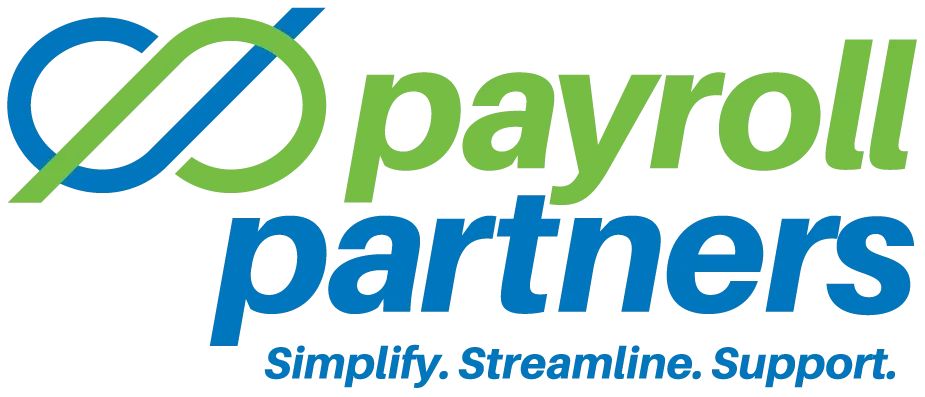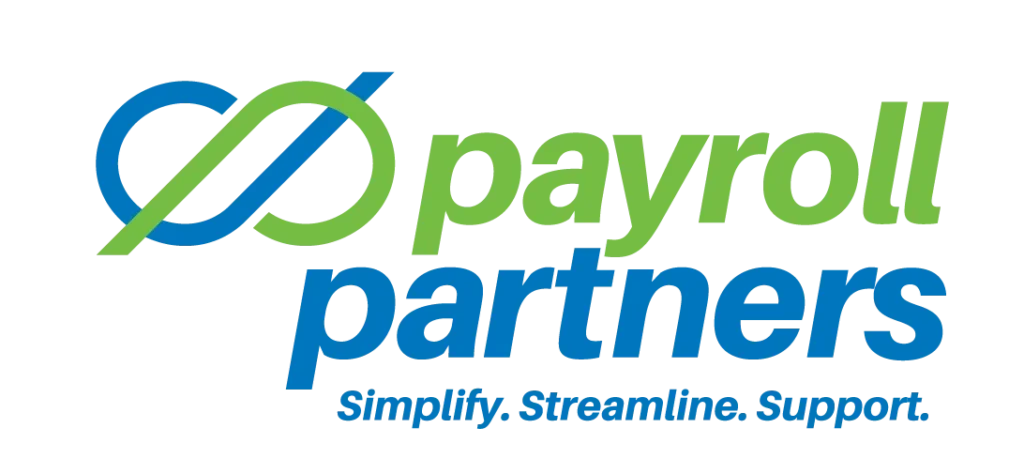Before establishing an official payroll process for your company, it’s important to think about how you want payroll to work. As you ponder your options and think about the way you want to run payroll, make sure you prioritize the following details. Otherwise, you might find yourself face-to-face with payroll errors and unnecessary challenges.
The do’s of payroll:
- Start by establishing folders for each employee. These can be physical folders or digital ones, but either way, you will want to gather documentation from each employee. Ask your employees to fill out a contract that offers them employment, states the agreed-upon wages and includes information regarding incentives or bonus programs.
- Decide on a payment schedule for your employees. The most common payment structure is biweekly, with payments released on the 14th and 30th or 31st day of each month. However, this is not the only option, so consider what will work best for your company. Also, think about whether you will offer salaried positions. Likewise, establish a payment schedule for any freelancers or contractors who work for you.
- Figure out how you will monitor time and calculate pay. How will you track your employees and the work that they do? Think of it like old-school timecards but a modern version. Ponder how you will ensure that your employees are working during their scheduled hours. There are many applications you can use to track time, and the same is true for calculating gross pay. The two go hand in hand, so make sure you can integrate time trackers and payment calculators.
- Identify how to apply payroll deductions to your employees’ paychecks. There are many deductions you should consider. Examples of deductions that must be applied when relevant include Social Security, unemployment, income tax, 401(k) contributions and wage garnishments. Payroll software can help you ensure that proper deductions are in place for each worker.
- Determine how you will pay employees. Once you have figured out how much each employee or worker is owed per pay period, you can select a method of paying those who work for you. Whether you choose to offer direct deposits or physical checks, make sure you clearly explain how people can expect to receive their paychecks each period.
- Be diligent about notifying the right third parties. After you pay your workers every pay period, you’ll need to report the transactions to the federal government. Look into the IRS Electronic Federal Tax Payment System to streamline the reporting process for you as an employer. Similarly, determine whether it covers workers’ compensation, 401(k) contributions, or vacation and sick time. Knowing whether you must submit payments biweekly, quarterly or annually will make this step of the process a lot easier for you.
The don’ts of payroll
By upholding the do’s of payroll, you can minimize the odds of running into the following challenges of payroll:
- Making errors caused by manual payroll procedures.
- Being in the dark about employment laws or regulations and changes made to them.
- Having a poor history of maintaining records of payroll.
- Failing to uphold the privacy or confidentiality of workers.
- Underpaying or overpaying those who work for you.
- Accidentally misclassifying employees, contractors or freelancers.
- Finding your business in a position where it is not tax-compliant.
- Having issues with managing or reporting data.
Payroll is not the most favorite part of business. It can be time-consuming and taxing, no pun intended. As an employer, you have to ensure that you are withholding the proper percentage of each employee’s paycheck so they can pay both federal and state taxes. As if that’s not enough, local taxes as well as unemployment and FICA, or Federal Insurance Contributions Act, taxes must be considered.
In addition to determining how much to withhold from each employee’s paycheck, you must also make all of your tax payments on time, but “on time” is subjective based on the type of tax you are withholding. That’s because the tax payment intervals vary. For instance, federal income tax and FICA taxes are due on a monthly or a semiweekly basis. On the other hand, federal unemployment tax is due quarterly.
Know the classification rules of people who work for you
According to the United States Department of Labor and the Fair Labor Standards Act, there are rules that you must adhere to for minimum wage, overtime pay and the minimum age of those who work for you. Therefore, you will need to monitor your payroll processes to ensure that the age and the pay rate of your employees are in compliance with relevant laws.
Also, keep in mind that tax laws change from time to time, so try not to get into the habit of assuming that your automated payroll system is avoiding issues on its own. While automated processes are helpful, a certain degree of human intervention is key to avoiding misclassifications.
For instance, when establishing or running payroll, it is imperative that you be vigilant about properly classifying your employees. As an example, mistakes like classifying a nonexempt worker as exempt or vice versa can result in major ramifications for payroll. Exempt workers are not entitled to overtime pay, but if you misclassify an exempt worker as a nonexempt worker, that person might receive overtime pay by accident, resulting in a number of issues.
However, if you discover misclassifications of workers when running a payroll audit, it’s not the end of the world. You can right the wrongs that have been made. To fix the situation, reach out to an employment lawyer who can help you reclassify employees and make sure your payroll processes are compliant with tax laws.
Ultimately, payroll can be difficult, but it doesn’t have to be, especially when you adhere to tax laws. Auditing your payroll processes is also important because audits ensure that your payroll process is running smoothly over time.
If your company makes errors, seek to resolve them quickly, whether that’s on your own or with the help of an attorney. And remember, payroll challenges can be mitigated if not avoided altogether when you take the right measures.
Original content by the Mineral Platform. This information is provided with the understanding that Payroll Partners is not rendering legal, human resources, or other professional advice or service. Professional advice on specific issues should be sought from a lawyer, HR consultant or other professional.

